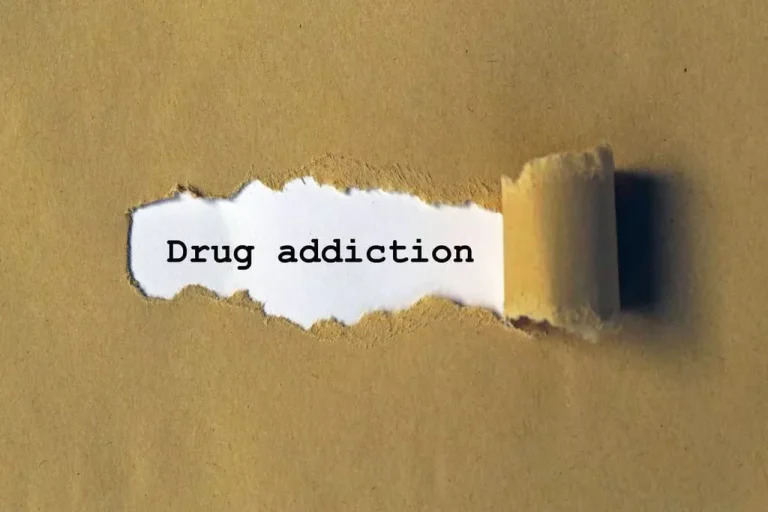
As these examples show, serotonin is much more than a neurotransmitter essential for the modulation of mood. It regulates a wide range of physiologic and pathophysiologic processes in most human organs. This explains why serotonergic drugs modulate phenomena ranging from ejaculatory latency to hemostatic function in addition to their more commonly appreciated effects on mood and cognition.

Association of the long allele of the 5-HTTLPR polymorphism with compulsive craving in alcohol dependence
It’s the chemical that drives us to seek food, sex and exercise and other activities that are crucial to our well-being and survival. The brain uses billions of neurotransmitters to manage everything from our breathing to our heartbeat to our digestion. Although neurons communicate with one another chemically, signals travel through a neuron in the form of an electric current.
Structure and function of inhibitory glycine receptors
- Serotonergic abnormalities have been reported in patients with mood disorders, and altered serotonergic modulation of pain processing at these multiple levels may explain increased pain perception in these patients (64).
- Moreover, work in non-human primates highlights a role for the prefrontal cortex in reward signaling 26, and human fMRI studies show that prefrontal cortex drives phasic cue responses in the VTA 27, 28.
- Through these mechanisms, serotonin can influence mood states; thinking patterns; and even behaviors, such as alcohol drinking.
- While drinking initially boosts a person’s dopamine levels, the brain adapts to the dopamine overload with continued alcohol use.
Complex brain functions such as memory, consciousness, alertness, and learning are controlled by multiple neurotransmitter and neuromodulatory systems acting in concert. In the case of memory, researchers have postulated that information is stored in the brain as a change in the level of communication across synapses produced by an external event such as a sight or sound (Bliss and Collingridge 1993). A phenomenon called long-term potentiation (LTP) appears to be fundamental for does alcohol release dopamine or serotonin memory formation (Bliss and Collingridge 1993). LTP is a sudden but lasting increase in the overall level of excitatory neurotransmission in the hippocampus, a brain region involved in memory. In general, LTP seems to require activation of glutamate receptors and inhibition of GABAA receptors.
- Thus, an alcohol-induced increase in adenosine levels might be responsible for part of alcohol’s sedative actions.
- The proprietary blend helps repair nutrient deficiencies and is formulated to restore neurotransmitter balance so you can feel better faster.
- Alcohol increases serotonin levels as well, so combining it with SSRIs can cause a dangerous spike in serotonin levels, leading to serotonin syndrome.
Serotonin’s Role in Alcohol’s Effects on the Brain

The expression pattern of each serotonin receptor within the human CNS is also known (9). Thus, the question of how serotonin modulates each behavioral process can usually be framed in terms of how specific serotonin receptors modulate the specific brain region(s)/nuclei involved in producing the behavioral output. In the central nervous system (CNS), serotonin is almost exclusively produced in neurons originating in the raphe nuclei located in the midline of the brainstem. These serotonin-producing neurons form the largest and most complex efferent system in the human brain. The most caudal raphe innervate the spinal cord, while the more rostral raphe, the dorsal raphe nucleus and the medial raphe nucleus, innervate much of the rest of the CNS by diffuse projections. Indeed, virtually every cell in the brain is close to a serotonergic fiber, and nearly all behaviors as well as many other brain functions are regulated by serotonin.
- For example, we know that GABAergic transmission in striatum is altered in a similar fashion after chronic alcohol exposure in mice and monkeys, and similar effects on dopamine release are observed in some strains of mice and monkeys.
- Although depression is also an independent risk factor for MIs that may be related to altered serotonin biology (25), the idea that SSRIs may actually reduce MIs is intriguing and still awaits prospective testing (26).
- Alcohol upsets the balance of serotonin, resulting in increased anxiety and, for some, depression.
About this chapter

The functions of serotonin in the endocrine system and metabolism range from the central control of energy balance and central modulation of the hypothalamic-pituitary-adrenal (HPA) axis to the direct regulation of mammary gland development (Figure 2). Several lines of evidence suggest an important role for hypothalamic 5-HT2C receptors in regulating energy balance and modulating glucose homeostasis (49). In particular, hypothalamic 5-HT2C and 5-HT1B receptors act by modulating melanocortin pathways, and serotonin release into the hypothalamus stimulates sympathetic nerves that innervate brown adipose tissue (50). Because of these mechanisms, 5-HT2C receptor agonists may be useful for treating obesity and diabetes (51).
Epigenetic drugs and psychedelics as emerging therapies for alcohol use disorder: insights from preclinical studies
Serotonin also plays a pathological role in the cardiac valvulopathy caused by the appetite suppressant fenfluramine (see sidebar, Serotonergic Drugs andValvular Heart Disease) (7, 34). 5-HT2B receptor activation on valvular interstitial cells is mitogenic (35), increasing valve leaflet area and causing the poor valve closure seen in patients exposed to these drugs. It has been suggested that the valvulopathy and fibrosis resulting from carcinoid syndrome may have a similar etiology (7). Mice lacking the 5- HT2B receptor either die of cardiac defects or develop dilated cardiomyopathy in adulthood (36).
For instance, Layer V pyramidal neurons express 5-HT1A and 5-HT2A receptors, which exert opposing effects on pyramidal neuron firing (10). CNS serotonin neurons are thus ideally positioned to modulate the activity of a wide variety of human brain circuits, which explains, in part, the pleiotropic behavioral effects of brain serotonin (9). The second line of evidence implicating serotonin in the development of alcohol abuse stems from studies of compounds that interfere with the functions of the transporters that remove serotonin from the synapse. One of these agents, fluoxetine (Prozac®), is used widely for treating mood disorders, such as depression (Baldessarini 1996).
Figure 2.

Consuming alcohol affects serotonin and how it is released into the nervous system. Both long and short-term exposure to alcohol can affect serotonin receptors’ ability to produce functional changes in signal-receiving cells effectively. Serotonin is perhaps best known as a neurotransmitter that modulates neural activity and a wide range of neuropsychological processes, and drugs that target serotonin receptors are used widely in psychiatry and neurology. However, most serotonin is found outside the central nervous system, and virtually all of the 15 serotonin receptors are expressed outside as well as within the brain. Serotonin regulates numerous biological processes including cardiovascular function, bowel motility, ejaculatory latency, and bladder control.
